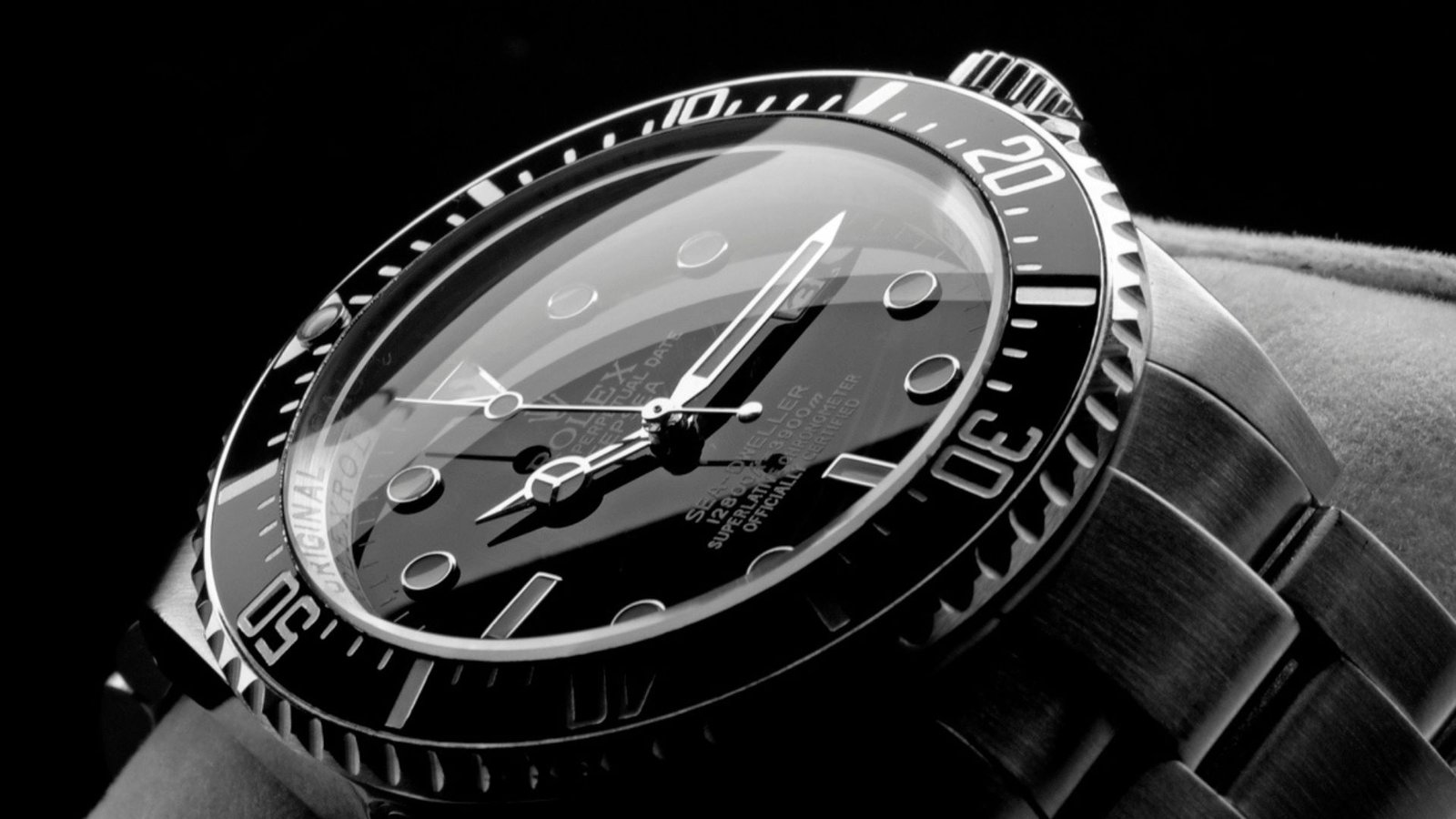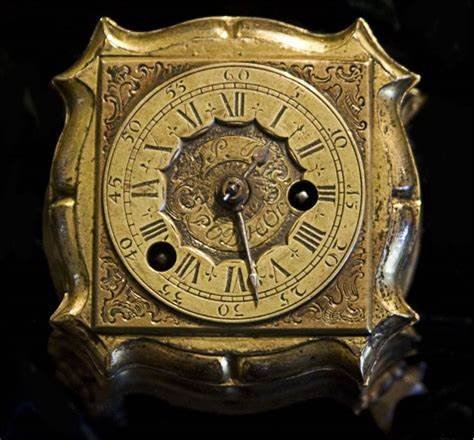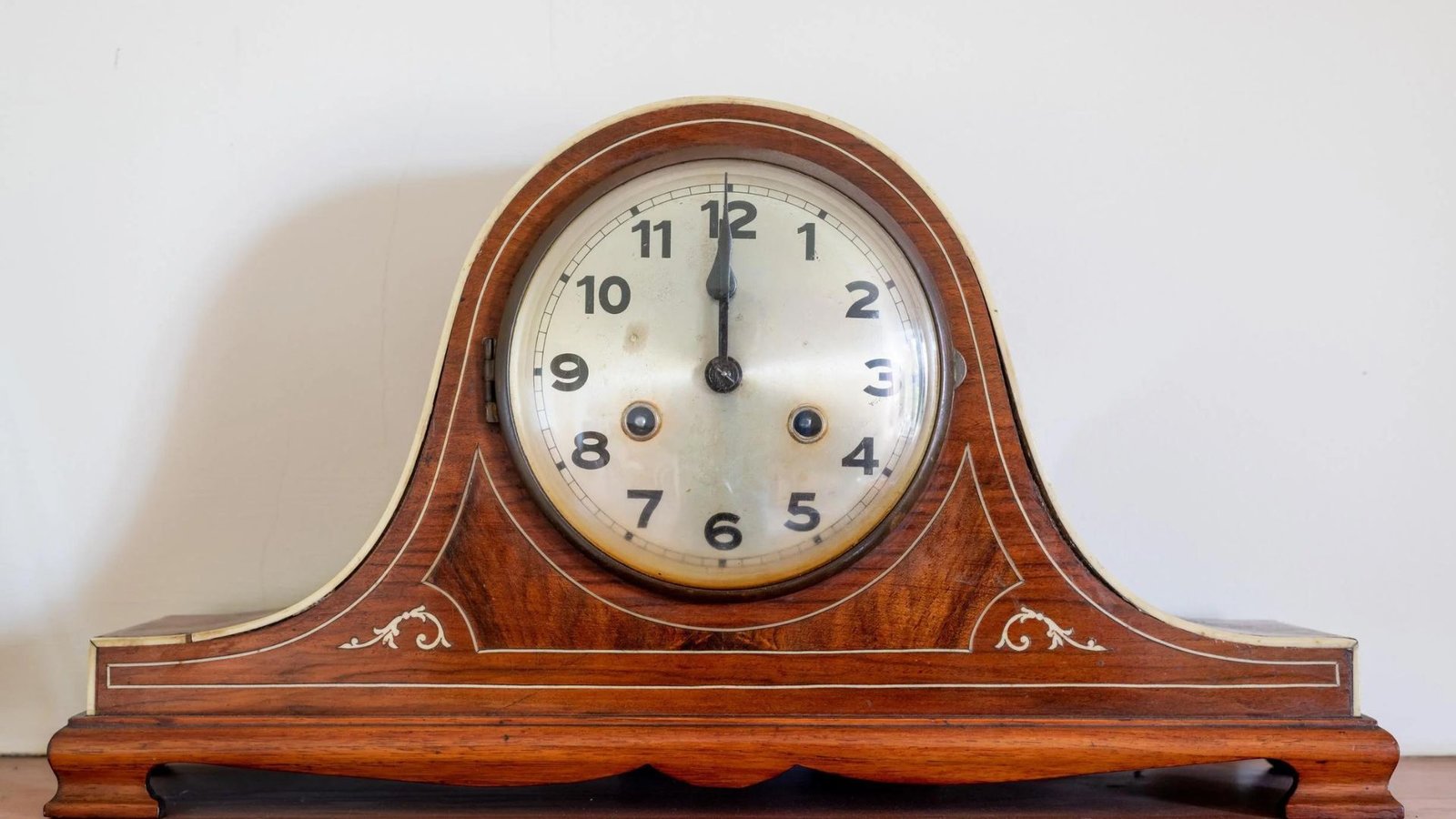Restoring antique clocks is both an art and a delicate task that requires careful attention to detail. These intricate timepieces often have unique mechanisms and designs that present challenges during restoration. Whether it’s mechanical wear, outdated parts, or cosmetic damage, restoring an antique clock requires a patient, thoughtful approach. Let’s explore some common challenges you may face when repairing antique clocks and how to address them.

Worn-Out Gears and Components
Over time, the internal components of antique clocks, especially gears, become worn out due to friction and use. The precision of these mechanisms is essential for accurate timekeeping, and even slight wear can affect the clock’s performance.
- Challenge: Finding replacement parts for antique clocks can be difficult, as many of these components are no longer manufactured.
- Solution: A professional clockmaker may be able to fabricate custom parts or refurbish existing ones. In some cases, specialty suppliers of antique clock parts may carry what you need.
Damaged Clock Springs
Many antique mechanical clocks rely on coiled metal springs to store and release energy. Over time, these springs may become rusted, stretched, or even break, resulting in the clock failing to run.
- Challenge: Repairing or replacing damaged springs requires specialized tools and knowledge.
- Solution: It’s essential to have a professional clockmaker inspect and replace broken or worn-out springs. Attempting to handle clock springs without the proper tools can be dangerous, as they are under significant tension.
Pendulum Issues
Pendulum clocks are highly sensitive to their physical environment, including the level of the surface they are placed on, temperature, and even vibrations. A misaligned pendulum can cause the clock to lose or gain time.
- Challenge: Realigning or recalibrating a pendulum can be tricky, especially if the suspension spring or the pendulum itself is damaged.
- Solution: Adjusting the pendulum’s length and testing it over several days can help restore accurate timekeeping. If the pendulum is damaged, a clockmaker can often replace it with a historically accurate replica.
Escapement Wear
The escapement is one of the most critical parts of a mechanical clock, controlling the release of energy from the gears. Over time, the teeth of the escapement wheel can wear down, or the anchor may become misaligned.
- Challenge: Escapement wear can cause the clock to stop ticking or lose time.
- Solution: Cleaning and lubricating the escapement is crucial, but in cases of severe wear, replacing the damaged parts or making careful adjustments may be necessary. This is a task best left to a professional.
Dirt and Dust Buildup
Dirt, dust, and dried-up lubricant can clog the internal mechanisms of an antique clock, causing it to run erratically or stop altogether.
- Challenge: Cleaning an antique clock is not as simple as dusting it off. The internal components need to be handled with care to avoid damaging delicate parts.
- Solution: Disassemble the clock and clean each part with a soft brush or a cloth. Be cautious when cleaning, and avoid using harsh chemicals that may damage the mechanisms. A clockmaker may also recommend using specialized clock cleaning solutions and lubricants to keep the clock in top condition.
Conclusion
Restoring an antique clock is a rewarding process, but it requires patience, precision, and expertise. From worn-out gears and springs to cosmetic restoration, there are many challenges that can arise. However, with the right approach and attention to detail, you can bring these time-honored pieces back to life. For more complex issues, it’s always a good idea to consult a professional clockmaker who can ensure that your antique clock is restored both functionally and aesthetically.





Sie spielen mit eigenem Geld, wollen sich einen Gewinn direkt ausbezahlen lassen. Man könnte auch Roulette, Blackjack oder vergleichbare Spiele spielen, in diesen Fällen erfolgt die
Anrechnung allerdings nur zu 15 %. Neukunden erhalten 50 No Deposit Freispiele für den Spielautomaten Dead or Alive 2.
Vulkanspiele.casino wird von der Kaurum Limited (Zypern, Reg.-Nr.
HE ) mit Hauptsitz in Limassol betrieben. Wir setzen eine standardmäßige Gültigkeitsdauer
von 5 Tagen für unsere Bonusangebote und Freispiele fest, beginnend ab dem Moment der Aktivierung in Ihrem Konto.
Unser friday sports bonus Programm bietet einen starken 100 Bonus bis zu 1.000 €
zur Unterstützung Ihrer Wochenend-Wettstrategie.
Auch andere User in sozialen Netzwerken berichten positiv über diese Maßnahmen, da sie Spielern helfen, verantwortungsvoll und nachhaltig zu spielen. Falls Spieler das Gefühl haben, dass ihr Spielverhalten problematisch wird, bietet das Vulkan Spiele Casino mehrere Möglichkeiten zur Kontrolle
an. Das Vulkan Spiele Casino legt großen Wert auf verantwortungsvolles Spielen und bietet eine klare Richtlinie, um Spieler vor problematischem Spielverhalten zu
schützen.
References:
https://online-spielhallen.de/spinanga-casino-deutschland-eine-umfassende-bewertung/
Die Konto-Verwaltung erklärt Ihnen alle Funktionen Ihres Spielerkontos.
Wir bearbeiten alle Nachrichten zeitnah und professionell.
Für komplexere Anfragen kontaktieren Sie uns per E-Mail unter
support@löwenplay.eu. Sie finden alle Kontaktdaten in Ihrem
Spielerkonto unter dem Bereich “Spielerschutz”. Wir verlinken direkt zu professionellen Hilfsorganisationen. Der Selbstausschluss funktioniert sofort nach Aktivierung.
Wir stehen für einen verantwortungsbewussten Umgang mit Glücksspielen. Du kannst im Löwen Play Casino mit einem 100 %
Willkommens-Bonus bis zu 100,00 EUR spielen. Wenn du noch einen aktiven Einzahlungsbonus auf deinem Echtgeldkonto hast,
kannst du diesen jederzeit stornieren, um das verbleibende
Guthaben auszahlen zu lassen.
References:
https://online-spielhallen.de/fresh-casino-deutschland-ein-umfassender-erfahrungsbericht/
View current jackpot sums for games like Golden Dollars Grand, Dinomite, Highway Zone, Players Paradise Gold,
and more. The hosts will gladly answer any questions you may have about membership requirements and
advantages. There is no limit, and there is a buy-in ranging from $100 to $300 for Texas Hold ’em.
On both the Main Gaming Floor and the Private Gaming Room, there are over 1,400 pokies and video
poker machines, making it a pokies lover’s delight.
Below we take you through what you can expect from the casino in detail.
Many attractions are within walking distance of the casino, located on the picturesque Gold Coast.
Try your luck at the freshly rebuilt casino, which has a total area of 65,000
square feet. With award-winning restaurants and five bars,
there’s plenty to do.
References:
https://blackcoin.co/aussie-casinos-australias-largest-online-casino-database/
While others compromise on security or core functionality, TeamViewer delivers enterprise-grade protection and universal compatibility in an intuitive package.
Both methods allow you to send an invitation link to your partner and
connect using your partner’s ID and password. Remote access
should work wherever you are, whether you need on-premise
or cloud access. Experience all the core functionality you need without
the commitment, and scale up only if your needs grow beyond personal use.
TeamViewer fulfills a wide range of remote support needs while improving productivity and maintaining connectivity for users across all industries and organizational sizes.
“In order to be able to react quickly, we needed a remote access solution that, in addition to the usual Windows PCs at the workstations, also supported iOS of the latest generation, and in particular our app.” Whether you’re troubleshooting technical issues or managing business
operations remotely, our software provides a seamless and secure connection. TeamViewer is designed for a variety of use cases, including IT
support, remote work, customer service, and embedded device
management. From enterprise operations to IT support, TeamViewer is your trusted choice for secure, scalable,
and intelligent remote access. The built-in Windows tool requires significant configuration, poses potential security concerns when exposed to the internet, and doesn’t offer native support for connecting to macOS, Android,
or iOS devices.
The TeamViewer full client is designed for providing remote support to end users.
Whether you need to remotely manage commercial equipment, optimize industry processes, or enhance IT support, TeamViewer Remote has you covered.
Whether you prefer on-premises deployment or cloud-based
management, TeamViewer adapts to your enterprise architecture while ensuring the reliable remote support essential for business
continuity across your global footprint.
References:
https://blackcoin.co/understanding-online-gambling-platforms/
OpenAI collects data from ChatGPT users to further train and fine-tune its services.
Why not dine al fresco on the deck, or enjoy the talents of the chefs
at work in the open kitchen that also features an impressive pizza
oven! The Sportsbar features a multitude of screens, extensive TAB facilities,
and NT Keno right at your fingertips, so you’ll never miss a second
of the action. For VIP casino players Mindil Beach does have dedicated areas which feature both table
games and electronic poker machines. It follows major action by AUSTRAC against other
casino operators in recent years, including Crown Resorts, Sky City, and The
Star and online bookmakers, Entain, Sportsbet and Bet
365.
According to TechCrunch, it is a service based on o3 that
combines advanced reasoning and web search capabilities to make comprehensive reports within 5 to 30 minutes.
At launch, OpenAI included more than 3 million GPTs created by GPT Builder users
in the GPT Store. However, no machine translation services match
human expert performance. In February 2023, OpenAI launched a premium service, ChatGPT Plus, that costs US$20 per month.
It has an additional feature called “agentic mode” that allows it to take online
actions for the user. In September 2025, OpenAI added a feature called Pulse,
which generates a daily analysis of a user’s chats and connected apps such
as Gmail and Google Calendar.
The data underscores OpenAI’s push to win enterprise customers
as competition heats up from Google, Anthropic, and open-model rivals,
a recurring theme you’ll see in recent updates. OpenAI has updated its guidelines for users under 18 and released new resources
for parents to promote safer interactions with
ChatGPT. OpenAI has added new controls in ChatGPT that
let users adjust the chatbot’s warmth, enthusiasm, emoji use,
and formatting style.
There is a short break between each quarter in which
an abundance of entertainment is provided, expect to see dunking contests, kids
playing basketball and performances from the Knicks City Dancers or
the Brooklynettes (yes, that’s their real name).
Each game commences with the singing of the national anthem,
a remarkable experience which I definately recommend attentding.
It’s a great option if you want to experience basketball in New York for
a cheaper price. New York is also home to college basketball tournaments and teams!
With a drink in one hand and a hotdog in the other, a
basketball game is a great way to feel like
a real New Yorker! Games last between 2 and 2.5 hours
depending on if overtime is necessary.
Our NewsNow feed on Huawei delivers timely updates from reliable sources worldwide, covering product launches, corporate announcements,
policy changes, and market analyses. This journey reflects broader
shifts in global technology leadership and the increasing influence of Chinese innovation in the international marketplace.
The company’s initiatives in digital inclusion have connected remote communities worldwide, while its educational programmes have
trained thousands of ICT professionals across developing nations.
With over 197,000 employees and operations in more than 170 countries, the Chinese multinational generated revenue exceeding
$92 billion in 2023 despite facing significant international challenges.
Latest news on Huawei, providing comprehensive coverage of the tech giant’s smartphones, 5G equipment,
sanctions, innovations, and global business
developments.
Per an August 2023 decree on 5G network development, Costa Rica barred firms from all countries that have not signed the Budapest Convention on Cybercrime.
The ban, originally announced in 2020 following US pressure, calls
for the phasing out of all Huawei gear from UK’s 5G network by the end of 2027, which remains unchanged.
The ban followed years of lobbying from the US, part of the
Five Eyes intelligence alliance that also includes Australia,
Canada, New Zealand, and the UK.
References:
https://blackcoin.co/winspirit-casino-review-for-australia-bonus-codes-app-pokies/
us online casinos that accept paypal
References:
https://www.tokai-job.com/
paypal casino usa
References:
remooteworks.com
gamble online with paypal
References:
gomyneed.com
casino paypal
References:
http://www.dycarbon.co.kr
online betting with paypal winnersbet
References:
https://jozhi.org/employer/40-best-australian-online-casinos-for-real-money-in-december-2025/